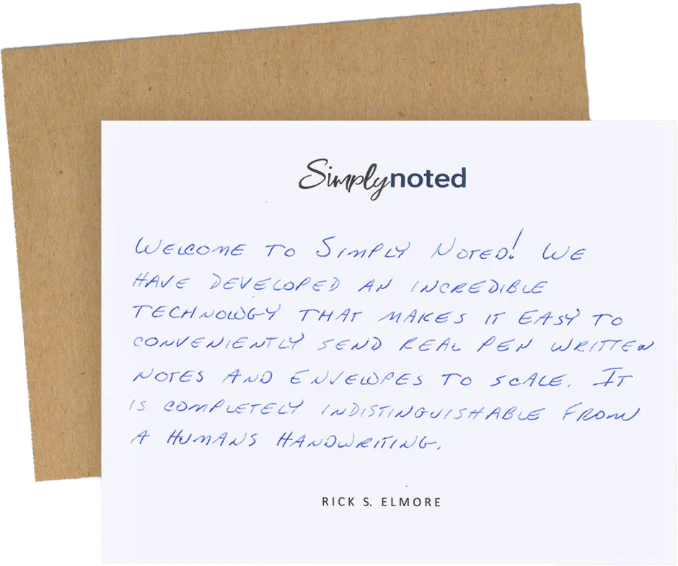5 Best Ways to Get Past the Gatekeeper

Imagine you’re a barbarian looking to sack a medieval city and take its spoils for yourself. Do you think you’ll be able to waltz right in the front door? Not a chance. You’ll be stopped by the very large, very imposing wood gate. To gain access, you’ll have to get past the gatekeepers.
Now you’re not a barbarian, you’re a sales professional. But there are still gatekeepers to circumvent if you want access to your prize. When you’re looking to speak with C-Suite and other high-level decision-makers, you first have to get past their assistants — and they’re not in the business of making it easy.
Of course, a barbarian’s approach to dealing with gatekeepers is a bit too strong to use in the modern world. But there are strategies you can employ to increase your chances and get you past the front gate more often than not. This article will share five of the most effective strategies for wearing down corporate gatekeepers. It can be done, and it doesn’t require an army of unwashed Visigoths. You can get in the door using your brains and persistence alone. Here’s how.
BE HONEST AND AUTHENTIC
The surest way to get the boot is to misrepresent yourself. Gatekeepers take their responsibilities seriously. If they think you aren’t above board, they’ll reject you without a second thought, and it’s unlikely your chances will recover.
Even if you do get in the door, your chances of making a sale will crumble when your deception is revealed. Instead, be honest about your intentions. Let them know that you’re making a cold call and authentically make a case for why their boss will want to speak with you.
If your product or service is as good as you claim it is, the gatekeeper will recognize its value and let you past. Just be respectful of the gatekeeper’s time and work to build trust.

CALL BEFORE OR AFTER REGULAR BUSINESS HOURS
Sometimes the best approach to clearing a gate is to wait until it’s wide open. During normal business hours, the executive you’re trying to contact is insulated safely behind the gatekeeper sitting outside their office. But outside of regular business hours, there’s a good chance the gatekeeper is at home, away from their post. If your desired contact arrives early or leaves after their assistant, there’s a good chance your call will ring right to their desk. Even if they’re not in, you might get shunted into their voicemail, which counts as progress.
If you do get their voicemail, mention a specific follow-up time. As you’ll see in the next strategy, setting a time, even if it’s one-sided, offers you a crack back through the door.

LAY THE GROUNDWORK WITH A HANDWRITTEN CARD
Remember what we said about honesty earlier? That’s still critical. However, that doesn’t mean you can’t create a reality that fits your narrative. It’s always easier to get past a gatekeeper if you can say with authority that you’re following up on a previous contact.
But how do you follow up on a previous contact when you’re unable to get a first? You get creative.
Some use an email to make first contact, but that’s rarely effective. If your target won’t take your call, what do you think the chances are that they’ll read an email? What are the chances the gatekeeper would let them see it?
Handwritten notes are a much better choice. They’re personal. They feel important. And they get opened — 99% of the time! Send your desired contact a handwritten letter spelling out your unique selling proposition and mention that you’ll follow up on a specific day and time.
When the time arrives, reach out to the gatekeeper and let them know that their boss is expecting your call. If your target read your letter, and they will have because handwritten cards get opened, they won’t be surprised when you call. They might even welcome it.
This strategy is scalable. You can automate the handwritten portion by outsourcing to Simply Noted. Our handwriting machines use real ballpoint pens and sophisticated smart fonts to craft loving recreations of authentic handwritten messages. You can reach out to as many decision-makers as you like without ever handwriting a single card.
SEE ALSO: Best Inbound Marketing Strategies You Need to Be Using
LOOK FOR OTHER HOLES IN THE CASTLE WALLS
Let’s use our medieval city analogy again. The gatekeeper you’re lobbying doesn’t hold the only keys to the keep. There are service entrances and hidden tunnels, each offering a way in that circumvents the front gate.
The same holds true for corporate gatekeepers (though with fewer tunnels.) The decision-maker they’re shielding has other coworkers, each with a phone resting on their desks. If you’re not making inroads with your desired contact, reach out to those around him or her. You might apologize for reaching the wrong person and then ask to be transferred. It won’t work in every instance, but it does increase your chances.
Additionally, look for contacts in other departments. Sales is a great place to start because you’re guaranteed to get someone on the phone. Departments that are accustomed to speaking with outside parties are more likely to pick up. Find someone willing to forward your call, and you might get a chance to speak with your prize.

SPEAK WITH CONFIDENCE
A city guard’s job isn’t to keep everyone out. If they did, no one could return home from the field and merchants couldn’t gain access to sell townsfolk items they need. If the watchmen are too zealous, the townsfolk could starve!
A corporate gatekeeper’s job is to keep out the rabble while admitting those with legitimate business that’s likely useful to the company and its goals. Your job is to convince the gatekeeper that you’re someone worthy of admittance, and the best way to do that is to speak confidently. Don’t hope the gatekeeper will let you in. Build a strong case and convince them to let you in. Know that your product or service is valuable and make an impression on the gatekeeper (being mindful not to try and sell to the gatekeeper.)
Try these five strategies and see if you don’t get in more doors!























